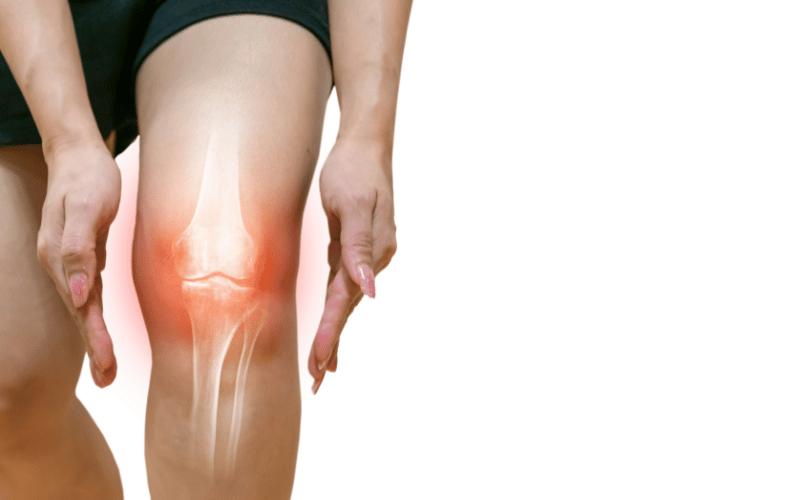Introduction: Understanding Ehlers Danlos Syndrome
Ehlers Danlos Syndrome (EDS) often remains under the radar, overshadowed by more well-known genetic disorders. Yet, its impact on an individual’s life is profound. At its core, EDS affects connective tissues – the glue that holds our body together. Connective tissues lend strength and elasticity to various body parts, from the skin and bones to our internal organs and blood vessels. So, when these tissues don’t function as they should, the ramifications are widespread.

Detecting EDS early can be a game-changer. The syndrome manifests in various ways, and its symptoms can sometimes be mistaken for other conditions. However, understanding and identifying the primary symptoms can lead to better management, reduced complications, and a markedly better quality of life for those affected. As awareness grows, more people are diagnosed and given the appropriate care they need.
One challenge is the sheer variability of symptoms. Two individuals with EDS might present entirely different signs, leading to misdiagnosis or delayed treatment. It’s this chameleon-like nature of EDS that makes it vital for both the public and medical professionals to be well-informed.
In this article, we’ll focus on the 10 most prevalent symptoms of EDS. With each symptom, we aim to shed light on its nuances and implications, arming you with the knowledge to recognize and take timely action.
Symptom 1: Joint Hypermobility

Being able to move joints beyond the normal range is not just an intriguing talent some people show off at parties. For individuals with EDS, joint hypermobility is a daily reality, often accompanied by discomfort. Their ligaments and tendons, which stabilize the joints, are more elastic than usual. This increased elasticity means joints can move in ways they’re not meant to. While this might seem like a physical advantage, it’s often a double-edged sword.
The freedom of joint movement can lead to frequent dislocations and subluxations. A simple task like lifting a grocery bag or even typing can cause a joint to pop out of place. With time, this repetitive trauma to the joints can exacerbate wear and tear. Notably, it’s not just the large joints that are affected. Smaller joints, such as those in the fingers and toes, can also display this hypermobility.
Chronic pain often accompanies this symptom. This is due to the frequent strain on muscles as they work harder to support these hypermobile joints. Moreover, swelling and inflammation can become common occurrences after minor physical activities. This, in turn, can lead to muscle weakness and imbalance as the body tries to compensate for the unstable joints.
For those with EDS, understanding their body’s limits is crucial. Activities like certain sports or exercises might need modifications to prevent injury. Regular check-ups with physiotherapists or occupational therapists familiar with EDS can provide guidance on safe movements and strengthen the muscles around the joints. (1)